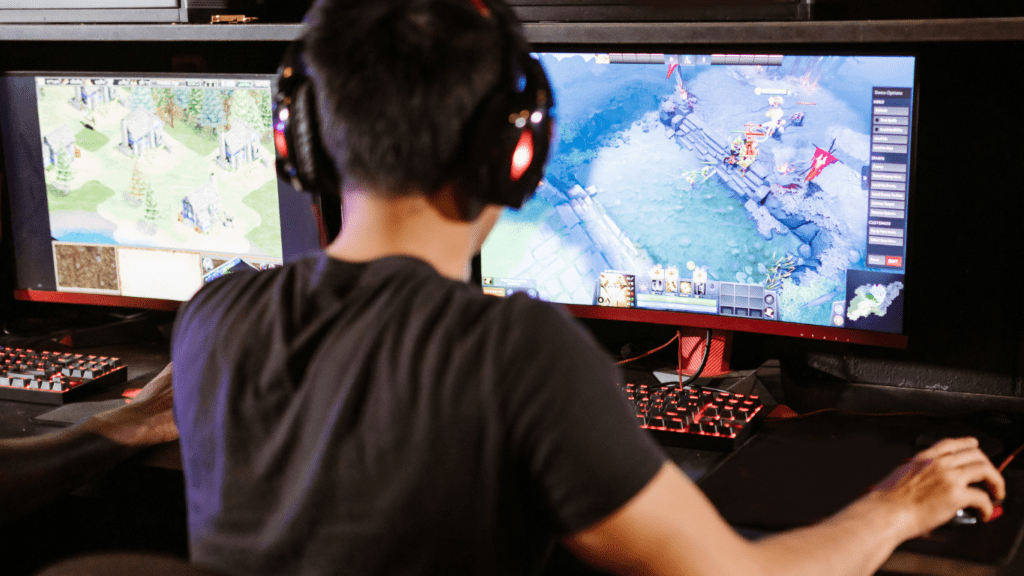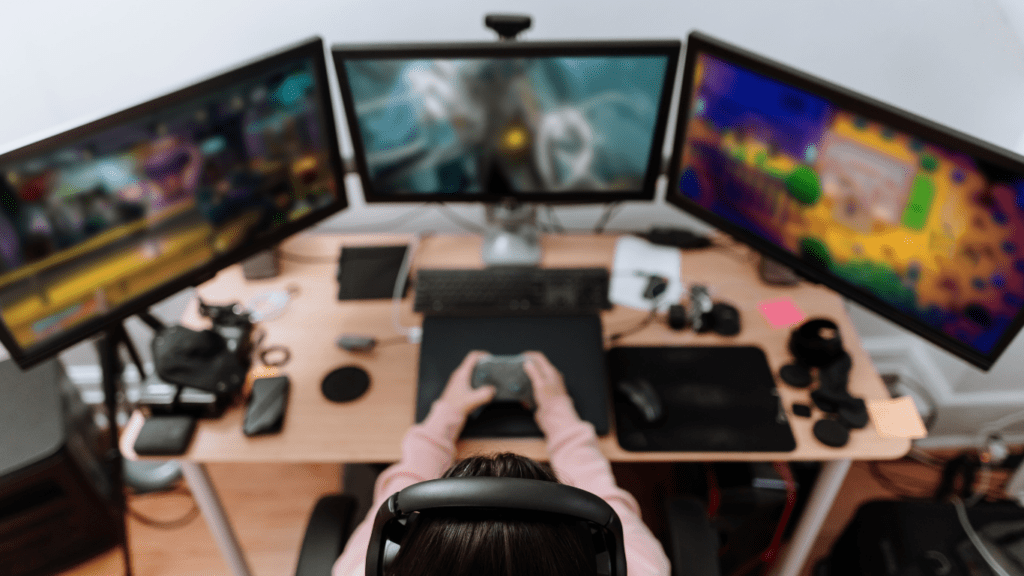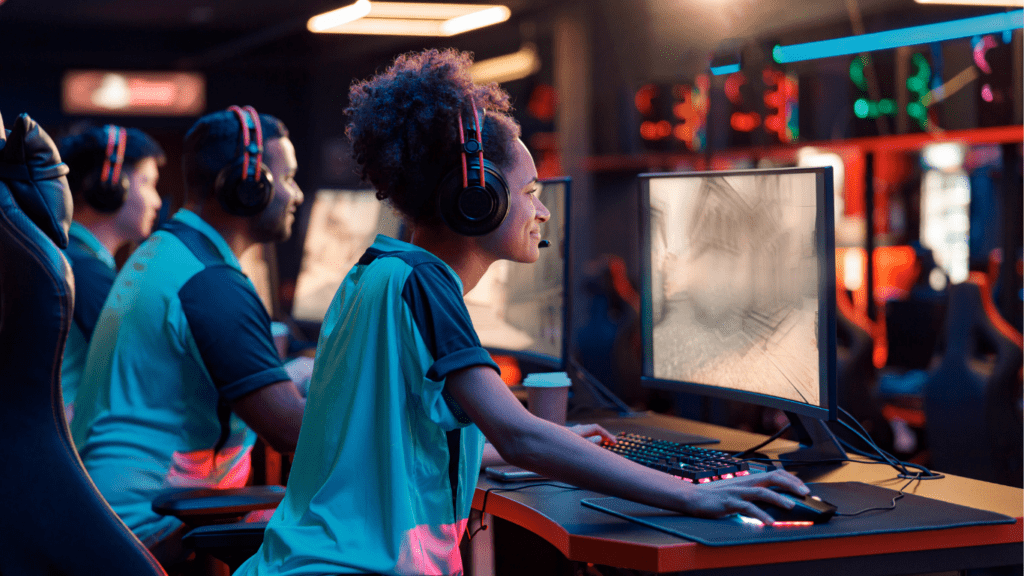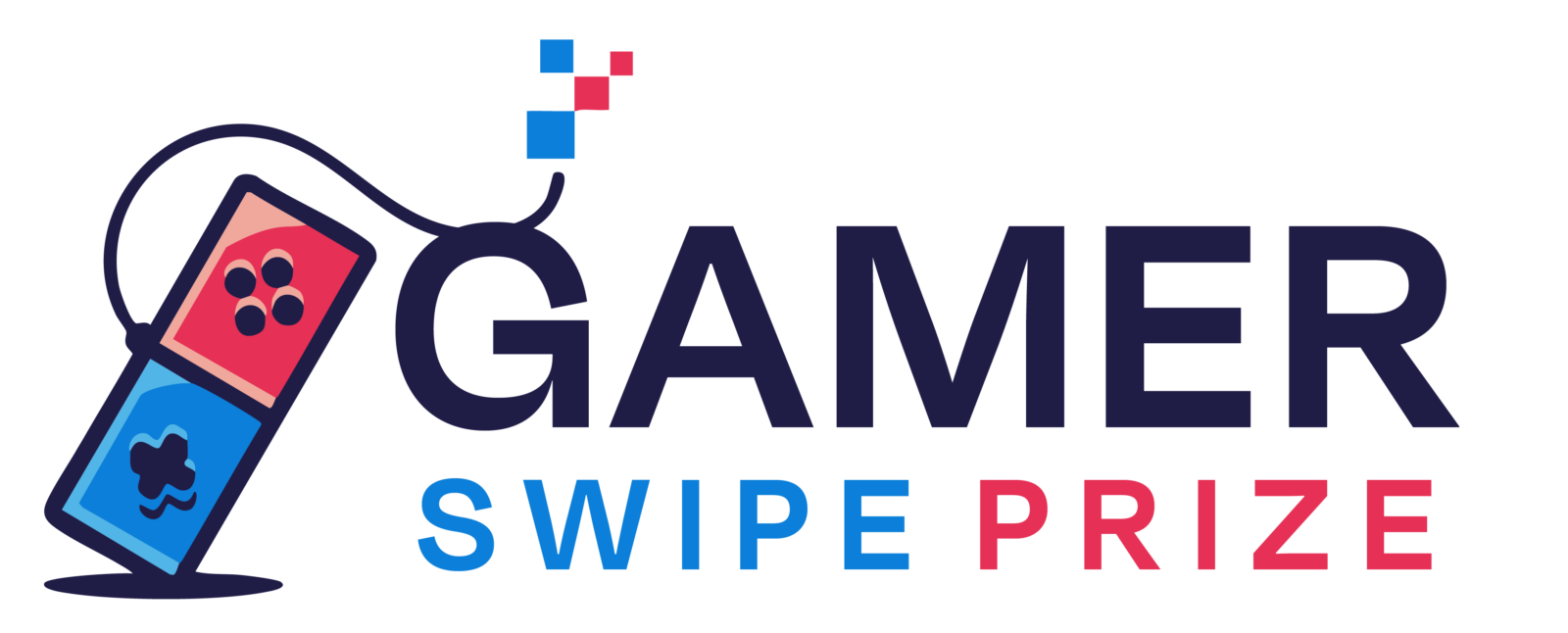Overview Of Recent Esports Trends
Esports has seen rapid growth in audience, player skill, and strategic complexity in recent years. Tournament prize pools exceeded $250 million globally in 2023, reflecting increased investment and viewership. Popular titles like League of Legends, Dota 2, and Valorant dominate viewership, with millions tuning into key championships.
Team compositions have grown more specialized, with specific players focusing on defined roles like support, carry, or sniper. This trend ensures maximum effectiveness in coordinated plays. Shorter match durations, especially in games like Counter-Strike: Global Offensive, have pushed teams to adopt high-pressure, aggressive plays to gain an early advantage.
Artificial intelligence and analytics tools now play a crucial role in strategy development. Winning teams frequently analyze opponents’ past performances using data-driven platforms to identify weaknesses. Cross-regional scrimmages, where teams from different regions practice together, encourage the transfer and evolution of strategies.
Fan engagement has also shifted dramatically; social media and streaming platforms like Twitch and YouTube have become central to esports’ expansion. Players now build personal brands to connect with audiences, making them key assets beyond gameplay. This trend underlines the broader shift of esports into a media-driven industry.
Importance Of Strategy In Esports
Strategy forms the backbone of success in esports. It drives:
- decision-making
- optimizes team coordination
- counteracts opponents’ plans
Teams rely on tailored game plans to maintain an edge, especially in high-stakes competitions. Effective strategies evolve throughout matches, responding to changing conditions and unpredictable moves from opponents.
Strategic adaptability separates top-tier teams from average ones. In games like League of Legends and Dota 2, adaptability helps teams dominate objective control and manage resources, even under pressure. For example, shifting focus mid-game to exploit enemy weaknesses often turns close encounters into decisive victories.
Communication underpins every successful strategy in esports. Teams communicate in real time to execute tactics perfectly, such as timing a coordinated push in Valorant or organizing rotations in Counter-Strike: Global Offensive. Miscommunication, even for a few seconds, can derail well-prepared plans.
Pre-match preparation is now heavily data-driven. Analytics tools offer insights into opponents’ tendencies, preferred strategies, and vulnerable areas. Winning teams incorporate this data into their planning, tailoring approaches to minimize risks and maximize impact. For instance, they study movement patterns in Overwatch to predict enemy plays and gain positional advantages.
Core Strategies Used By Winning Teams

Winning teams demonstrate a blend of:
- preparation
- adaptability
- execution
that sets them apart. From early engagements to decisive late-game plays, these strategies showcase mastery of both individual mechanics and team dynamics.
Early Game Tactics
Winning teams establish dominance in the early game through precise planning and execution. Effective resource management, such as farming gold in Dota 2 or securing early objectives in League of Legends, gives teams a critical advantage. Aggressive playstyles often center around quick kills or tower sieges to disrupt opponents’ rhythm. For example, in Valorant, coordinated rushes and strategic use of abilities aim to outmaneuver defenders. Early rotations and vision control ensure teams maintain pressure while minimizing risks.
Mid-Game Adjustments
Adapting during the mid-game is vital for maintaining momentum. I’ve observed teams leveraging map awareness to secure high-value objectives like Barons or Roshan in MOBAs. Rotations often focus on isolating individual opponents or forcing team fights where their composition excels. Data analytics tools inform real-time decisions, allowing counteractive measures when opponents shift strategies. Game-specific synergies, like combining crowd control with burst damage, often dictate engagements during this phase.
Late-Game Decision-Making
Late-game strategies emphasize coordination and patience, as a single misstep can alter outcomes. Winning teams frequently prioritize map control, securing vision around pivotal areas like Elder Dragons or power weapons. I’ve noted their ability to assess risk-reward ratios effectively; for instance, gambling on a high-stakes team fight only when conditions favor them. Players understand role responsibilities, with carries maximizing damage output while supports provide critical utility. Managing resources like cooldowns and positioning becomes essential for clinching victories.
Team Composition And Role Dynamics
Winning teams excel by leveraging optimal team composition and executing role dynamics with precision during matches. Their ability to synergize and adapt roles underpins their strategic success.
Importance Of Synergy
- Synergy between players ensures cohesive teamwork and maximizes individual strengths.
- Teams must align hero or agent abilities, such as crowd control paired with burst damage in games like League of Legends and Dota 2, to create impactful combinations.
- Coordination amplifies effectiveness, whether during objective control or team fights.
- Successful squads integrate their strategies with in-game character roles, ensuring consistent collaboration. For example, tank characters protect damage dealers, while support roles sustain the team in critical moments.
- Without synergy, even highly skilled individuals struggle to achieve collective objectives in high-stakes matches.
Flexibility In Role Assignments
Adaptability in role assignments enhances a team’s ability to respond to unexpected scenarios. Teams capable of switching roles on the fly, such as players alternating between carry and support, gain a tactical edge. This skill is particularly critical in titles like Valorant, where agents with utility can change combat dynamics instantly.
Rotating roles also counters opponents’ strategies effectively. For instance, in Dota 2, flexible drafting can force enemies into suboptimal compositions, disrupting their pre-planned approach. Winning teams don’t rely on rigid frameworks—they thrive on fluidity to maintain an upper hand during pivotal moments.
Communication And Coordination
Communication and coordination form the foundation of successful esports strategy. Winning teams rely on seamless interactions and well-timed collaboration to execute plays and adapt to dynamic in-game scenarios.
Real-Time Decision-Making
Real-time decision-making depends on clear, concise communication among team members. Teams establish protocols to convey vital information quickly, ensuring swift reactions during high-pressure moments. For instance, in League of Legends, players alert teammates about enemy movements or objective timings using pings and verbal cues.
Shot callers often lead decision-making, directing teammates based on evolving game states. Their ability to process in-game data, from resources to map control, allows teams to exploit opponents’ weaknesses. Without coordinated inputs, even precise individual actions can fail to achieve the desired outcomes.
Effective Use Of In-Game Communication Tools
In-game communication tools enhance coordination when used efficiently. Top teams leverage tools like pings, quick chat macros, and voice communication platforms to streamline interactions. For example, Dota 2’s advanced ping system enables players to mark targets, indicate plans, or warn of threats without interrupting gameplay.
Dedicated team channels on third-party apps like Discord or TeamSpeak provide constant connectivity, reducing communication delays. To avoid miscommunication, teams predefine terminologies and assign clear roles in verbal exchanges. These practices minimize confusion and optimize execution during critical encounters.





